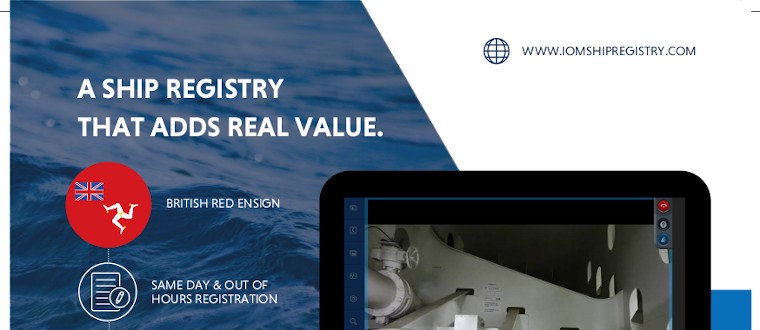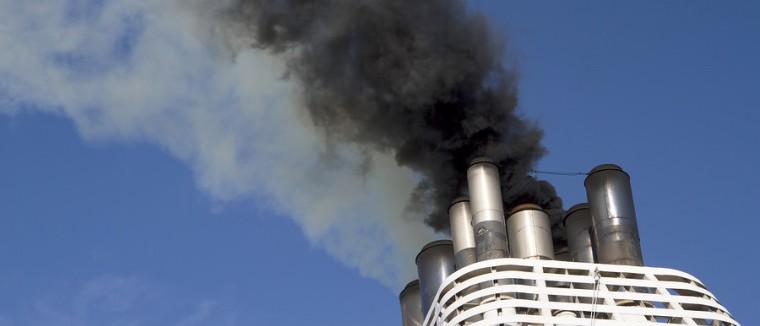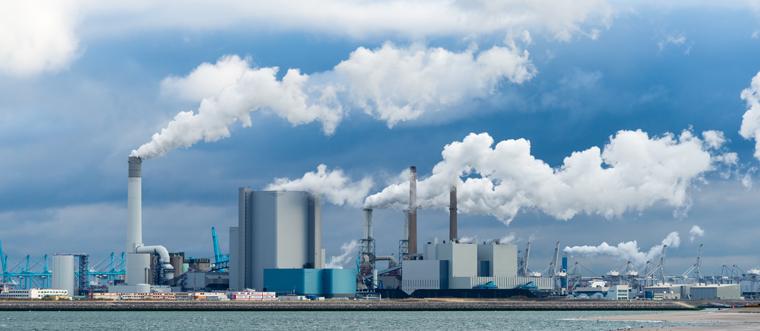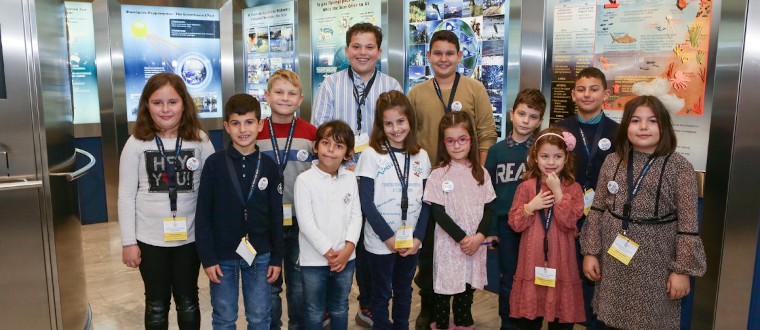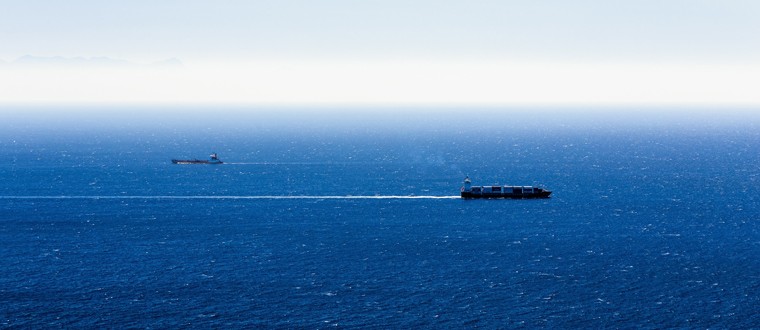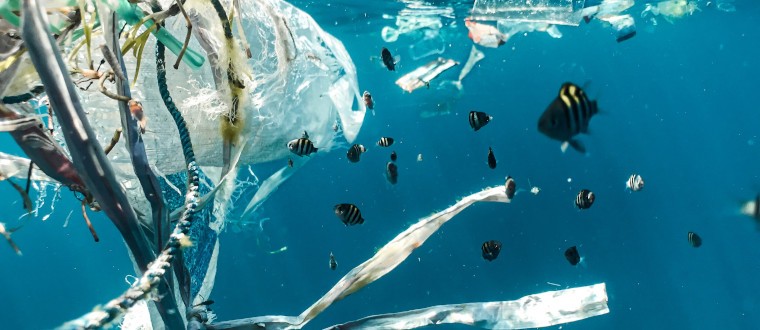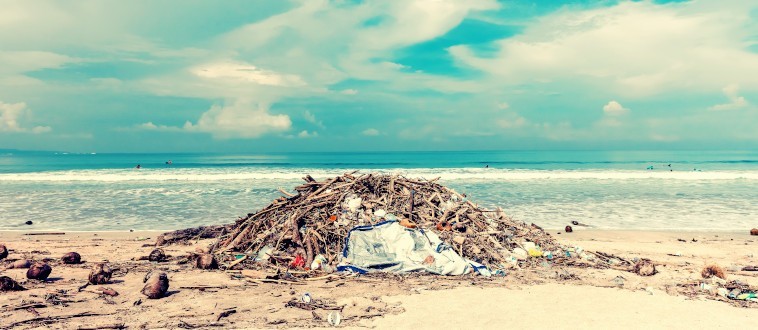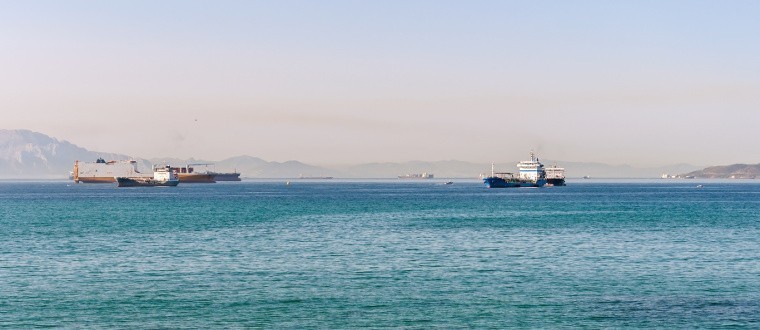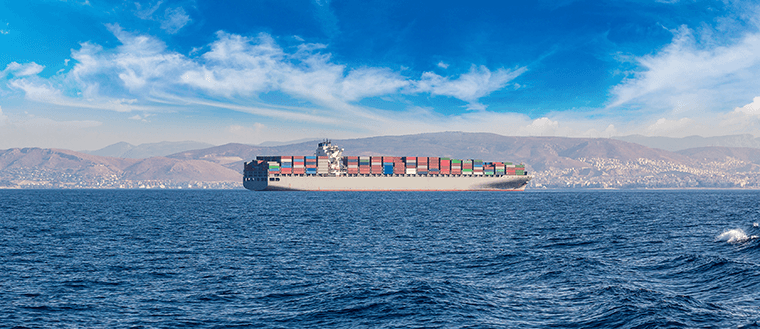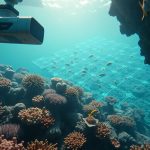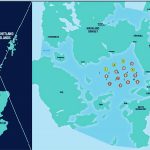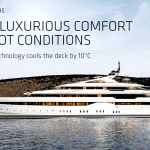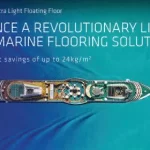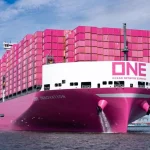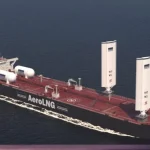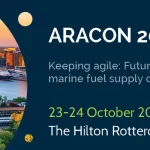Pioneering research into green propulsion technology is underway across the maritime sector in an effort to decarbonise shipping and find viable alternative marine fuels. The Isle of Man Ship Registry (IOMSR) believes flag states have an important role to play in promoting green shipping by
Commercially viable zero emission vessels need to operate along deep sea trade routes by 2030 to meet decarbonization targets. This is the ambition of the Getting to Zero Coalition that was announced at the UN Climate Action Summit in New York last September.
Shipping needs to make a radical shift to zero carbon energy sources in the coming three decades to reduce the sectors total greenhouse gas emissions by at least 50% of 2008 levels by 2050
This was the message of the children-representatives of 6,004 members of the “HELMEPA Junior” Program, who came to Athens to celebrate 26 years of “HELMEPA Junior”.
While the alleged incident is still under investigation by the Australian Maritime Safety Authority, the pulped slurry could have been transferred from a food waste holding tank to the ship’s grey water holding tank from where it was unintentionally discharged overboard into the protected marine park.
Without a thriving marine ecosystem, we face more dangers from climate change. Fortunately, there are efforts to keep the oceans clean. And as an environmentally conscious individual, you can also protect the health of the sea.
59 billion plastic and aluminium coffee capsules are produced yearly, where do most of these end up? Unfortunately, in our landfills. This obviously translates into a big global waste management issue.
A major conclusion is that green ammonia holds potential to play a significant role in decarbonizing maritime transport if investors and operators are presented with a credible business model.
New analysis from SEA-LNG, the coalition for accelerating LNG as a marine fuel, has determined that for every 10% of bio-LNG dropped in and blended with LNG as a marine fuel, a vessel can achieve two extra years’ compliance with the Annual Efficiency Ratio (AER) curve used to secure preferable funding under the Poseidon Principles.
As a maritime nation, consisting of an archipelago of some 700 islands, rocks and cays spread over some 100,000 square miles of beautiful coral seas; preservation of the marine environment is paramount to The Bahamas.

